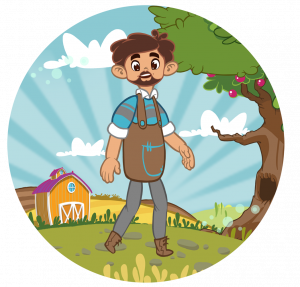As we enjoy the long, warm days of summer, there has never been a better time to get outdoors and breathe in the fresh air. Getting a chance to explore nature is not only a brilliant opportunity teaching children to get comfortable with the world around them, but spending time in nature has been proven to have significant emotional and psychological benefits for children and young people.
- They can express themselves
The increased space means that children outside have the freedom to move, run, jump, climb and explore to their heart’s content – not to mention making as much noise as they please! Not only is this great exercise, but it can also help children to work off any excess energy they may have. If left unchecked, this has a tendency to emerge as irritability or anxiety.
In having the freedom to yell, sing, roll and play, children are able to truly let their imaginations run wild, and this can lead to some fascinating self-reflection and discovery. They may reveal facts and ideas which surprise you, and take the chance to try out new roles and challenges.
- They learn empathy
Helping your child learn to care for the natural world is crucial for building empathy and understanding. Children will understand their place in the bigger picture, and see themselves as part of a holistic system, which we all need to care for. From making sure litter is collected to planting a seed, watching a tree grow to raising a brood of tadpoles, spending time in nature allows children to develop respect and empathy for the world around them – qualities which will follow them into adulthood and beyond.
- They can focus on the details
As well as having plenty of space to run and yell, the natural world can also be invaluable at encouraging children to slow down and take in the details. Encourage them to spend time watching a ladybird crawl across her leaf, or a bird making her way to and from the nest. Take time to really sit and explore a single leaf, experimenting with colours and textures, or watch the sunlight move across the surface of a water. This can be perfect for helping children to relax, and to practice mindfulness in their everyday lives.
- They can ask questions
The natural world is full of wonders – perfect for an inquisitive and developing mind! Encourage your child to explore the world around them, question the things they don’t know, and learn how to conduct their own research, experiments and investigations. Over time, a questioning, curious mindset will become second nature, and this is a crucial skill which will serve them for the rest of their lives.





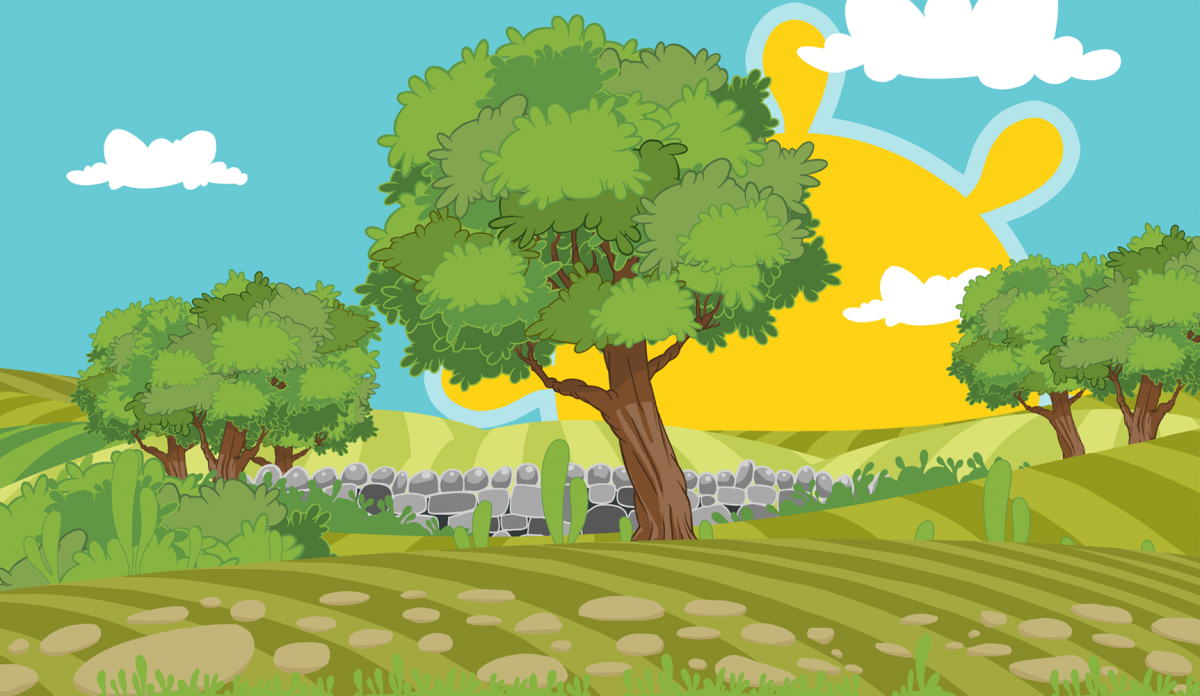
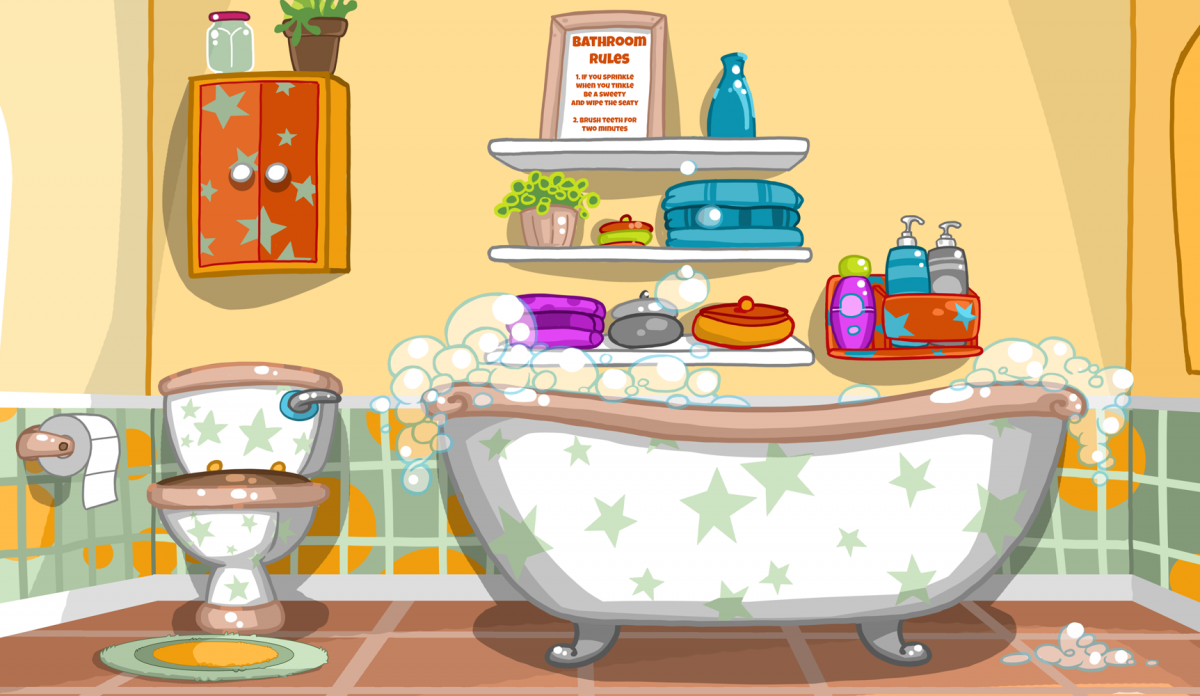
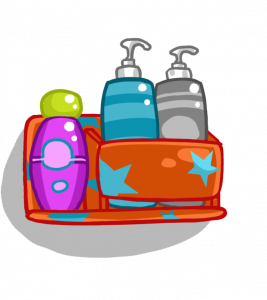



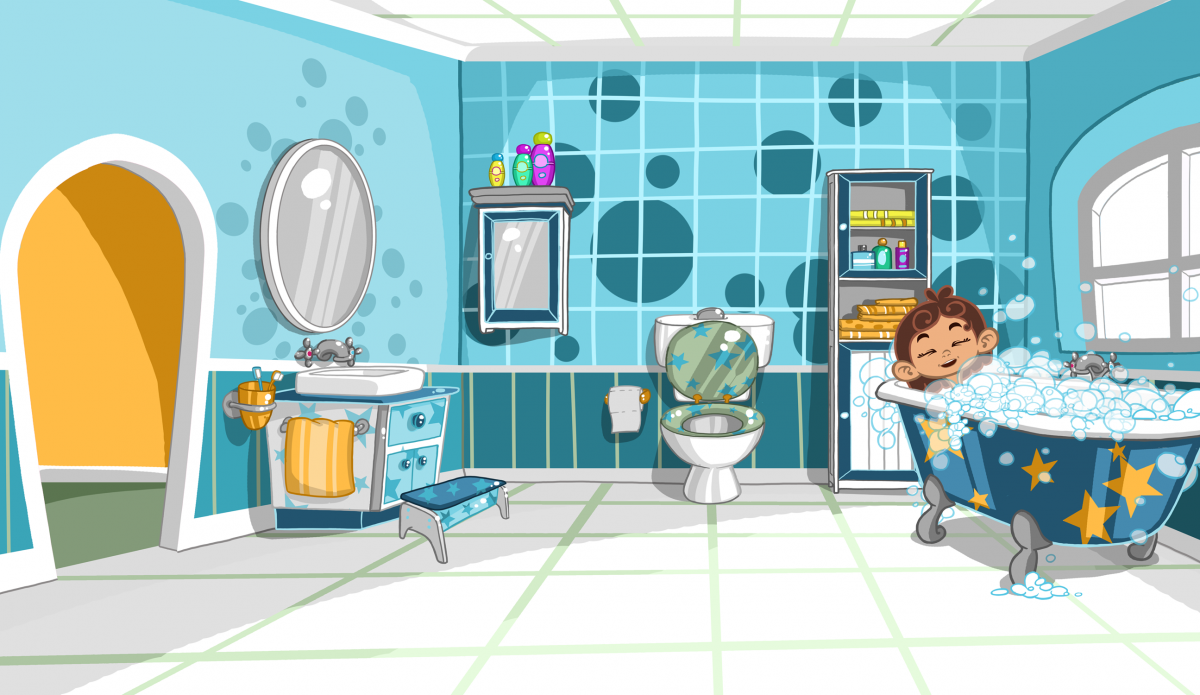
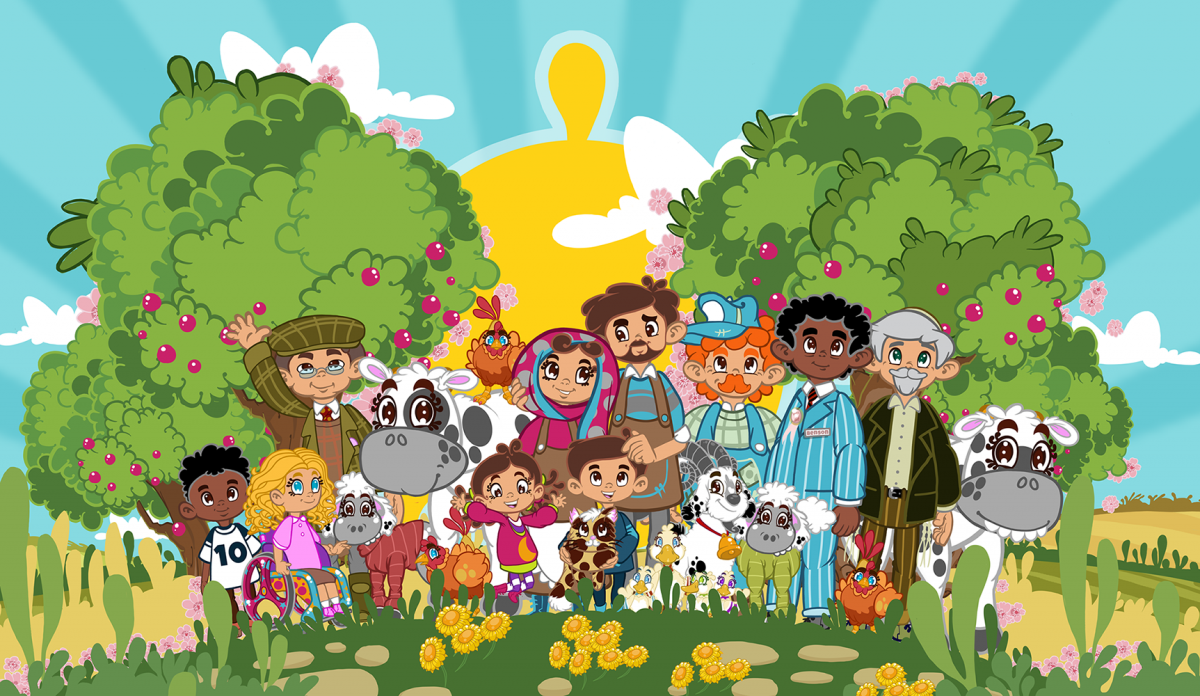




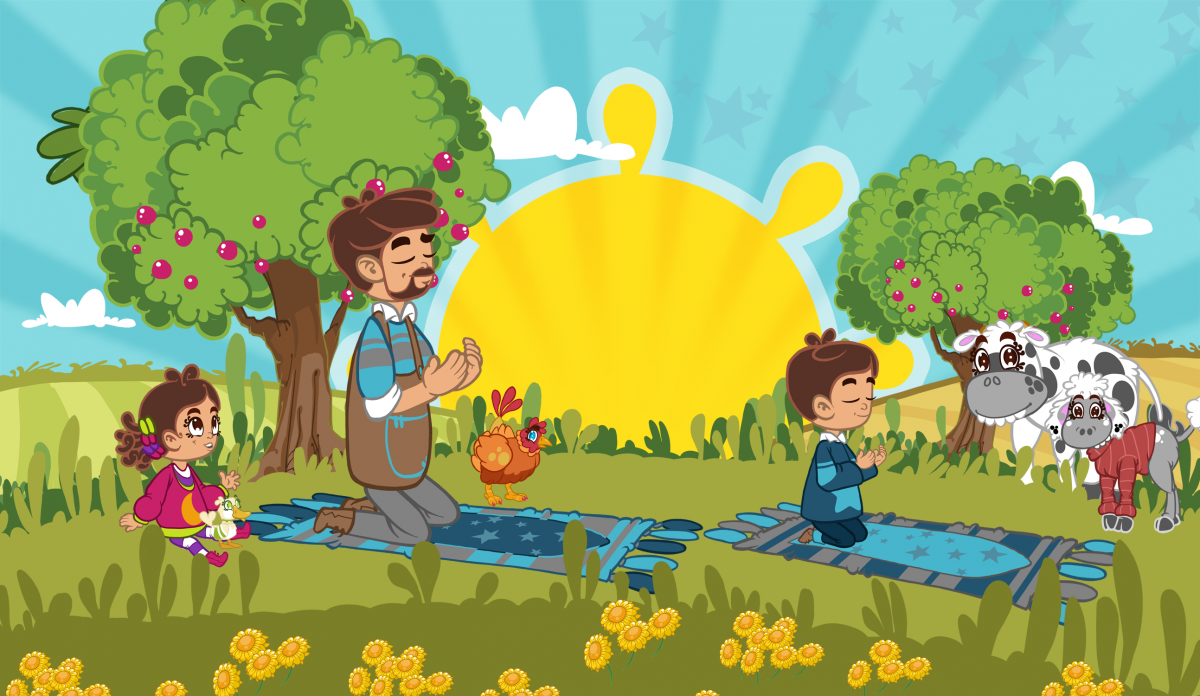


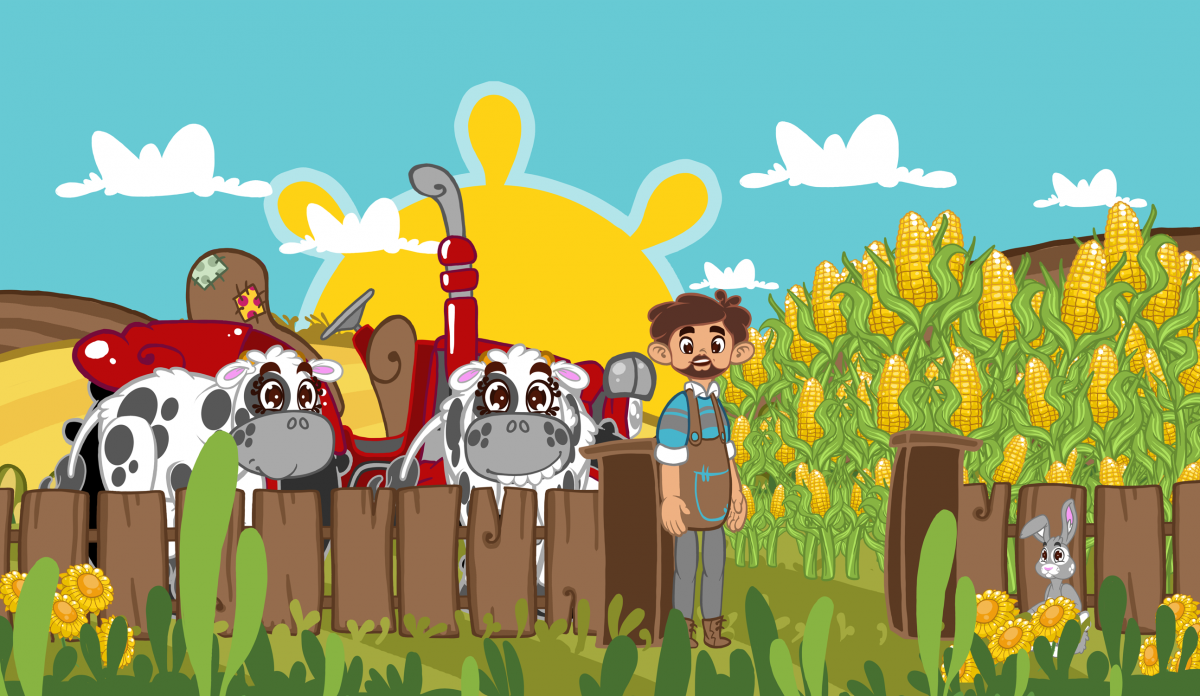
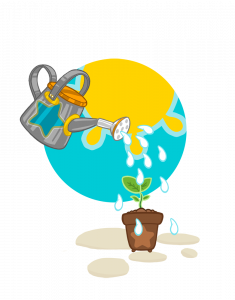
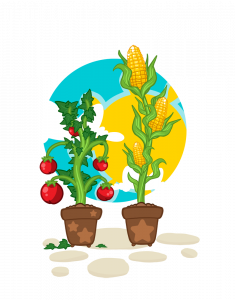
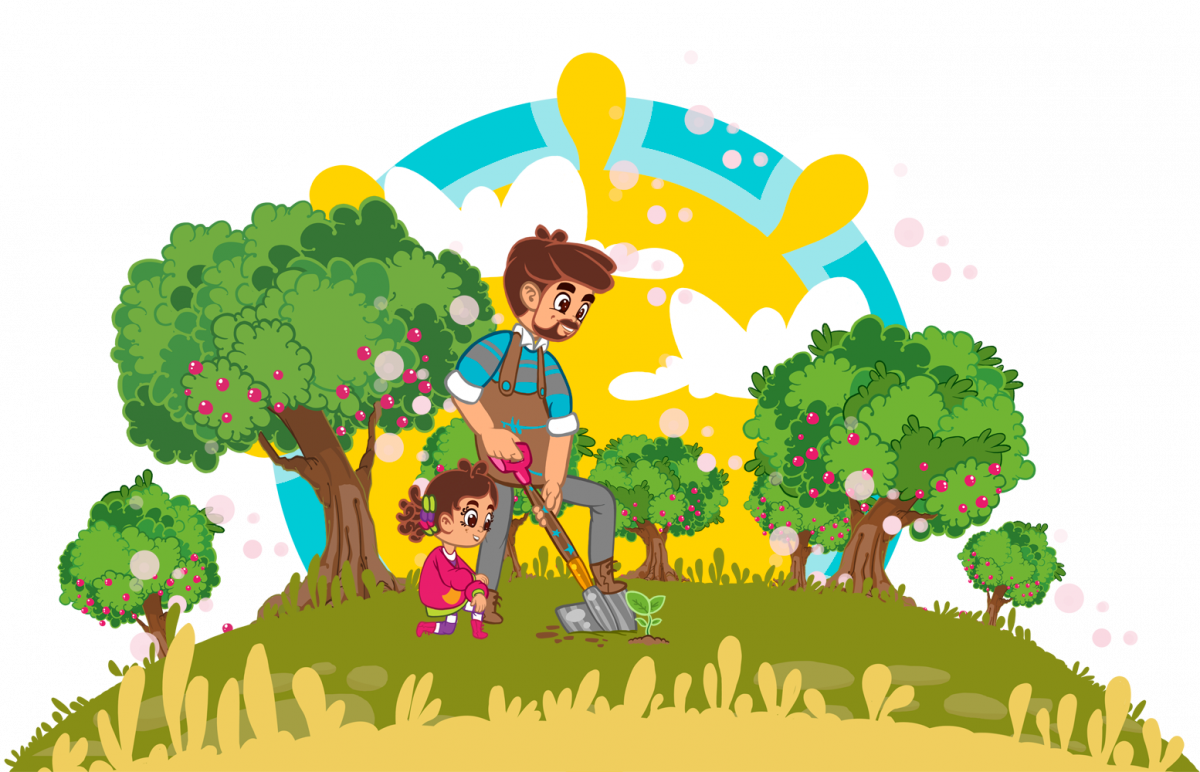
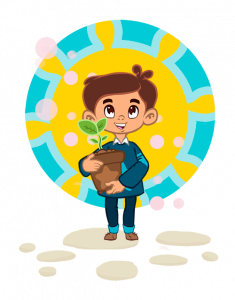 They’ll learn about the importance of water, soil, sun and shade, as well as the patience and faith they’ll need to see the process through to the end. When they finally eat their own produce, they’ll have a real sense of achievement. You don’t need a garden to get involved. A container on the window sill will do the same job!
They’ll learn about the importance of water, soil, sun and shade, as well as the patience and faith they’ll need to see the process through to the end. When they finally eat their own produce, they’ll have a real sense of achievement. You don’t need a garden to get involved. A container on the window sill will do the same job! A Michigan State University study also found that gardening with young children can help their development. Physically, it can improve their body management skills and, as they’ll be dealing with small handheld objects, such as trowels, spades and the seeds themselves, their motor skills should also get a boost.
A Michigan State University study also found that gardening with young children can help their development. Physically, it can improve their body management skills and, as they’ll be dealing with small handheld objects, such as trowels, spades and the seeds themselves, their motor skills should also get a boost.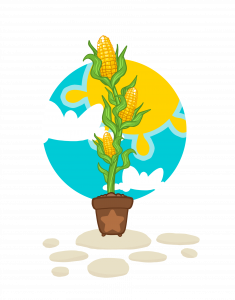
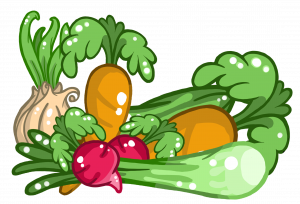
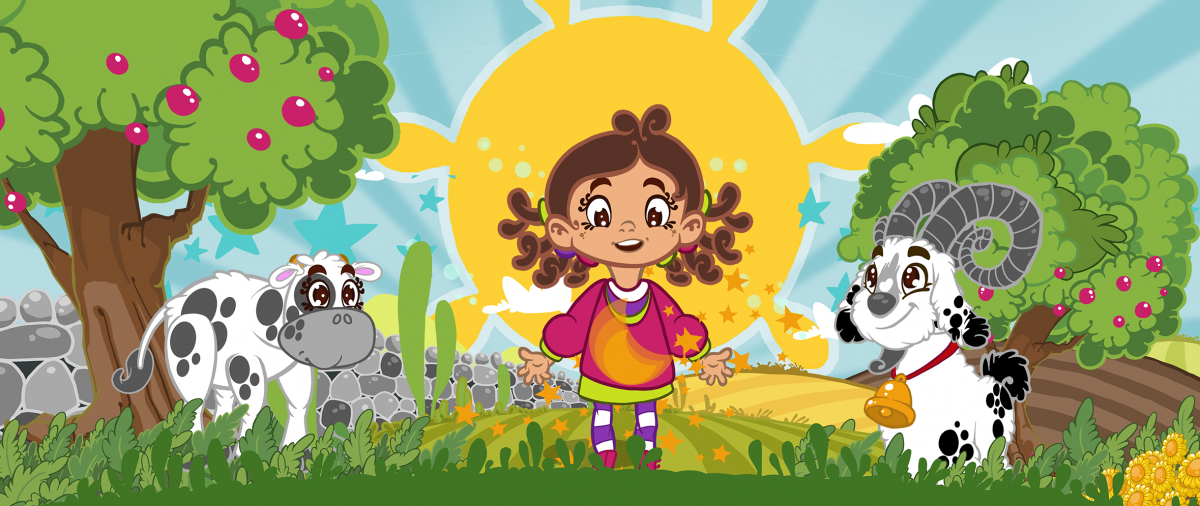
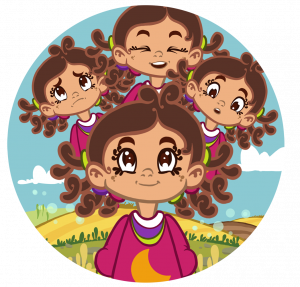
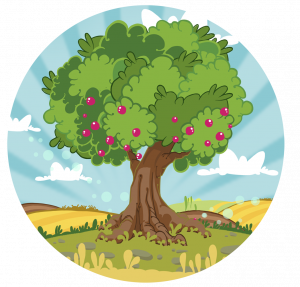 Get your child to stand with their feet hip width apart. Take a deep breath in, and raise your arms up at your side to meet above your head as you do so. As you exhale, drop your arms back down to your sides, stretching your fingers and taking up space. Stay like this for a few breaths. This is great if your child needs to feel rooted and secure, or to build confidence and power.
Get your child to stand with their feet hip width apart. Take a deep breath in, and raise your arms up at your side to meet above your head as you do so. As you exhale, drop your arms back down to your sides, stretching your fingers and taking up space. Stay like this for a few breaths. This is great if your child needs to feel rooted and secure, or to build confidence and power.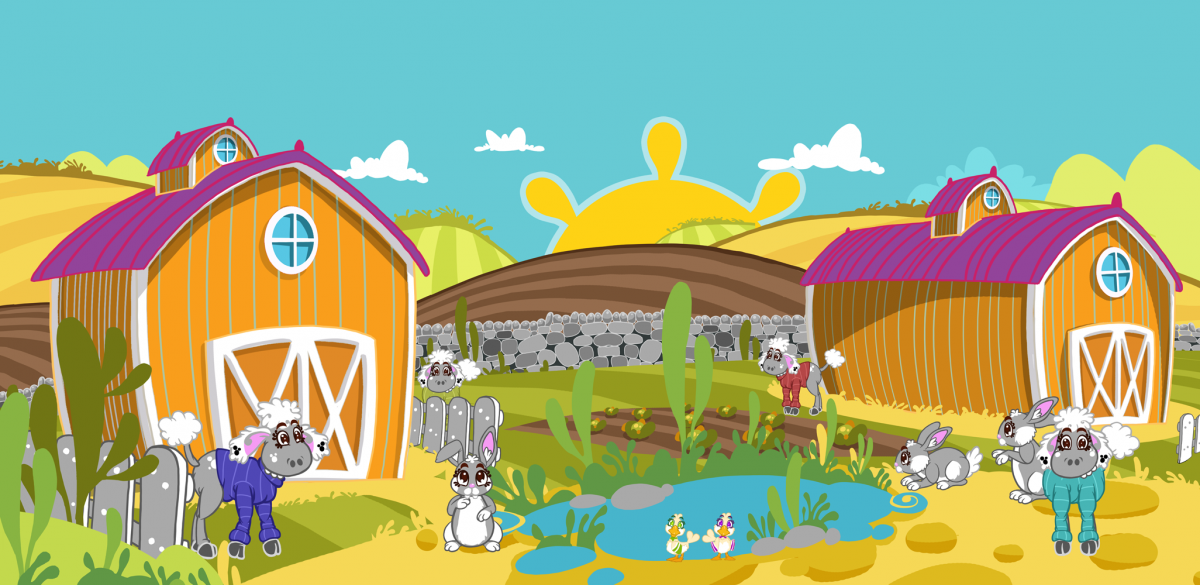
 How Did It Start?
How Did It Start?
